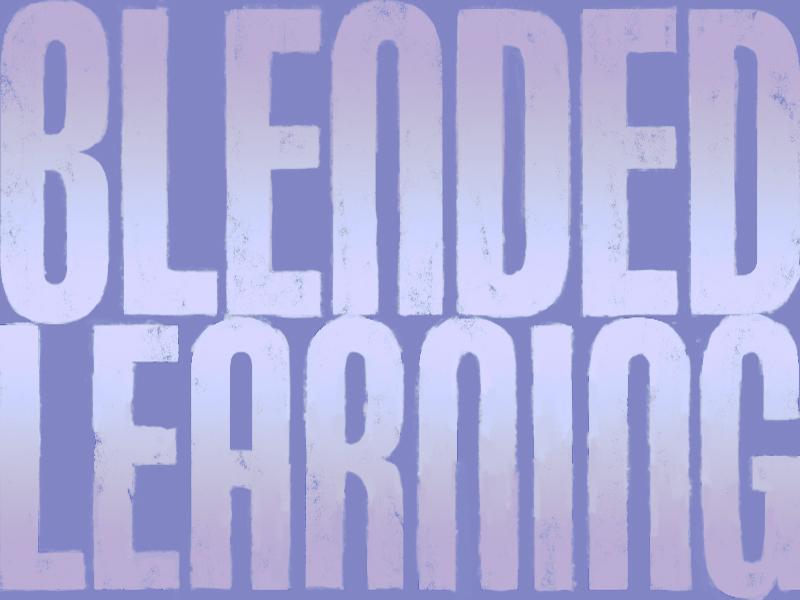
Blended Learning programs at Palo Alto High School will be expanding to include more classes for next year to offer other opportunities for students to learn in a different style and develop new independent skills.
According to Emily Garrison, head of the Blended Learning program, the program’s classes differ from current classes in how they are taught rather than what they teach.
“What we like to say about blended classes is that it is a difference in modality and not curriculum,” Garrison said. “What you learn stays the same, but how you learn is different.”
According to Garrison, the Blended Learning classes will give students more flexibility in how they do their work and allow students to cultivate their own learning technique. It is also aimed at ultimately preparing students for more independent learning and college-like courses in the future.
“All these classes [classes offering Blended Learning] will offer a flex period, which is one day a week,” Garrison said. “The teacher is available for the flex period, so if you go into AP [Advanced Placement] Psychology during a flex period, the teacher is there and the teacher can help. If they don’t need to meet with the teacher, it is not free time or a prep, but students can use that time to do their course work how they want and where they want to.”
According to Garrison, the classes that will offer Blended Learning next year are AP Music Theory, Sports Nutrition, Interior Design 1 and 2, Sports Career Pathway, AP Psychology, Positive Psychology, AP Biology, Spanish 5, Shakespeare and Chaucer, World Literature and Algebra 2, given sufficient enrollment.
Garrison said that students may be able to take certain classes at night called Twilight classes, such as the pilot class Spanish 5.
“Twilight classes just mean that we are going to try and do it more like an evening seminar,” Garrison said. “So we will meet one day a week for an extended amount of time and there would be a free block during the day. The idea is that it is not free time, it is flexibility when you get that work done.”
Current AP Biology teacher Erik Olah, who will teach the AP Biology Blended Learning class next year, said that the class is ideal for certain students.
“The perfect student for Blended Learning is someone who is motivated and an independent learner,” Olah said.
Senior Cam Huard, a current student in Blended Learning AP Psychology, said that he appreciates the flexibility that the course offers him.
“I’m in AP Psychology right now and I am definitely a fan,” Huard said. “I like that blended courses give students more freedom with their schedule. The help is there if you need it as the teachers still have their doors open during their free period.”
Junior Ethan Teo believes that the new type of learning will help him develop important skills such as time management.
“I’m expecting a lot more independence in these blended classes,” Teo said. “Learning to utilize these periods will help us with our own time management, which is an important skill for later in life.”
Teo also says that there are possible drawbacks to the new program.
“On the other hand, more freedom makes it easier to waste time during flex periods and fall behind in class,” Teo said.
According to Garrison, the Blended Learning program started in the Palo Alto Unified School District six years ago and grew because of the emergence of technology.
“Blended Learning has actually been in the district since 2009,” Garrison said. “It started as a pilot with one teacher at Gunn [High School] who wanted to try and do something different. Luckily what happened, and what corresponded with the teacher and this idea, was an explosion of technology and so people started creating LMSs [learning management systems]. Basically it [the Blended Learning program] is leveraging the technology to change the way classes happen.”
Olah said that the Blended Learning program is a more updated form of education than the current system and thinks that it will be more popular in the future.
“Personally, I think that the idea of a teacher standing in the front of a classroom and dictating material to the students and lecturing is an outdated method,” Olah said. “I think as a philosophy, Blended Learning is the direction that education is heading — more student-driven rather than teacher centered.”

